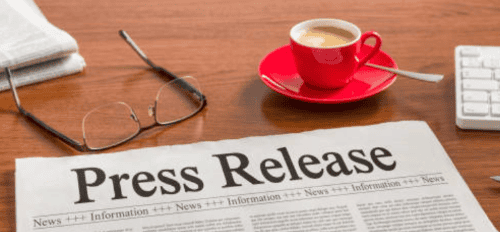We’ve been proofreading press releases for a long time at Full Proof, having forged close relationships with a number of PR agencies over the years. Proofreading press releases is a unique form of proofreading for a number of reasons, and in this article I will give a few tips on how to proofread press releases effectively.
Correct spelling, grammar and punctuation
Let’s get the obvious one out of the way first! Just as you would with any other document, you need to find and fix any spelling, grammar or punctuation errors, first and foremost. This includes typos, missing commas, run-on sentences, American spellings (unless it is intended for a US audience) and anything else that detracts from the integrity of the press release. A press release, as the name suggests, is released to the press in the hope that some media channels will publish it, so it goes without saying that the document needs to be error-free.
Remove contractions
Press releases are written in a similar style to newspaper articles in that the language is formal, and one way to ensure a formal tone is to remove contractions. For example, ‘The company’s planning to expand in 2022’ would become ‘The company is planning to expand in 2022’. This instantly makes the press release sound less chatty and more business-like.
Be concise
As I just mentioned, press releases are formal. Like legal documents, they are also factual and to the point. There is no room for waffle in a press release – their function is to promote a company, sell a new product, publicise an upcoming event, etc. and the more concisely you can do this, the better. So, when you proofread your press release, try to shave off any excess words or even full sentences if they are not providing the reader with any pertinent information.
Get your facts straight!
It is essential that the facts in the press release are accurate. If the press release is attempting to raise awareness of a launch party, for instance, and the date provided is incorrect, it could prove to be a waste of your time and money, and it could potentially damage your company’s reputation. The same goes for incorrect spelling of names or any other factual information that could come back to bite you if it’s wrong. So, before you submit that press release, check (and double-check) your facts!
Check the boilerplate
Every good press release needs a boilerplate. As well as adding credibility to your press release and giving interested journalists information about your business, it enables you to include a call to action and your contact details. This is one of the most important parts of the press release, so take your time ensuring that it’s well written, grabs the reader’s attention and, most importantly, does not contain any typos!
If you have written a press release and would like a professional proofreader to ensure it is ready to be published, contact Full Proof today.


Recent Comments